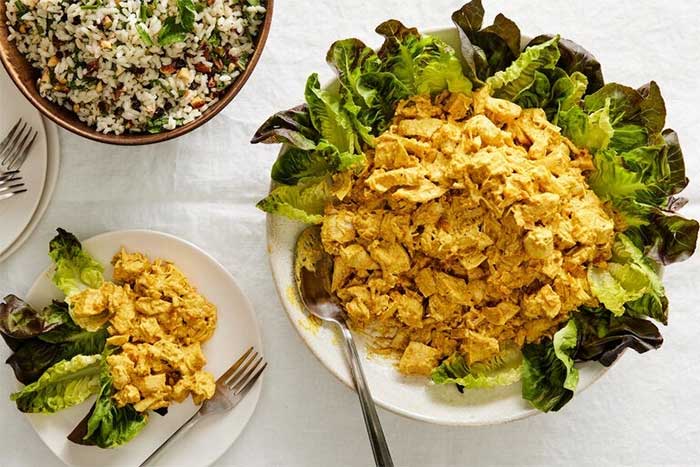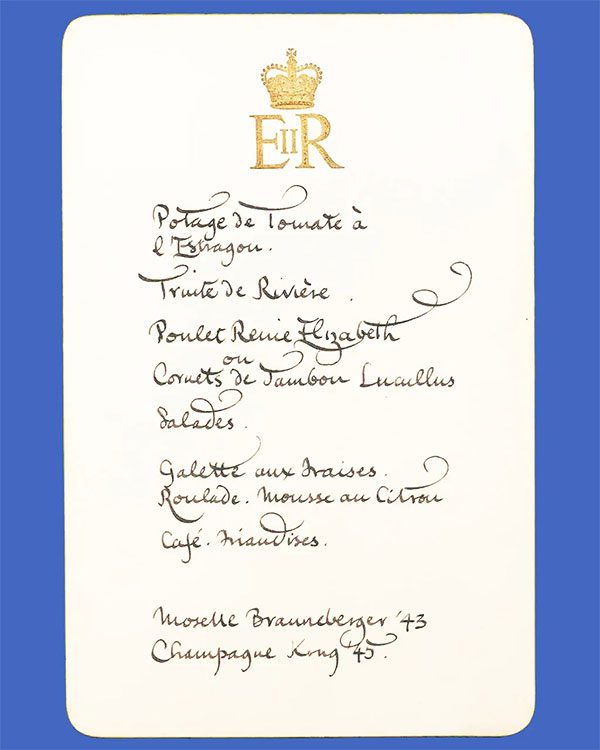Coronation Chicken, created for a lunch during the coronation of Queen Elizabeth II, has existed and evolved within British cuisine for the past 70 years.
According to the New York Times, while the coronation quiche for the coronation of King Charles III has garnered affection, it is unlikely to overshadow the most famous dish associated with the coronation – Coronation Chicken.

Coronation Chicken. (Photo: New York Times).
In 1953, the British Minister of Labour requested the cooking school Le Cordon Bleu London to cater lunch at Westminster School for 350 foreign representatives invited to the coronation of Queen Elizabeth II. Le Cordon Bleu London was managed by renowned florist Constance Spry and chef Rosemary Hume.
With students serving and the kitchen too small to prepare hot dishes other than soups and coffee, the menu was simplified yet formal enough for this historic event, according to the BBC.
This is when Coronation Chicken – also listed on the menu as Poulet Reine Elizabeth – was born. This cold dish involved poaching chicken in water and wine, then covering it with a creamy sauce made of mayonnaise, whipped cream, apricot, pureed tomatoes, curry powder, lemon, pepper, and red wine. It was served with a salad containing rice, green beans, and chili peppers.

Coronation Chicken, listed as Poulet Reine Elizabeth on the post-coronation banquet menu in 1953. (Photo: Le Cordon Bleu London).
According to Freya Perryman, a communications officer at Le Cordon Bleu London, the recipe was created by Rosemary Hume and Constance Spry, “with the primary credit going to Mrs. Hume, while the students helped adjust the flavors accordingly.”
The source of inspiration for this dish remains unclear, according to the BBC. Some believe it was created for the silver jubilee of King George V in 1935, originally called Jubilee Chicken. However, there is little evidence to support this theory.
At the time Coronation Chicken was conceived, it was considered a luxury dish. The recipe was first shared in the Constance Spry Cookery Book published in 1956, but it was not until the 1970s and 1980s that Coronation Chicken became a staple at buffets and dinner parties.
Over the years, the Coronation Chicken recipe has become familiar to British households. Many renowned chefs have also created their own variations. Notably, Heston Blumenthal reimagined this dish by adding spices, sultanas, and nigella seeds for the celebration of the Queen Elizabeth II’s Diamond Jubilee in 2012.
Seventy years after its inception, Coronation Chicken remains popular throughout the United Kingdom, often found in sandwich form in the largest supermarkets as well as in small cafes.


















































